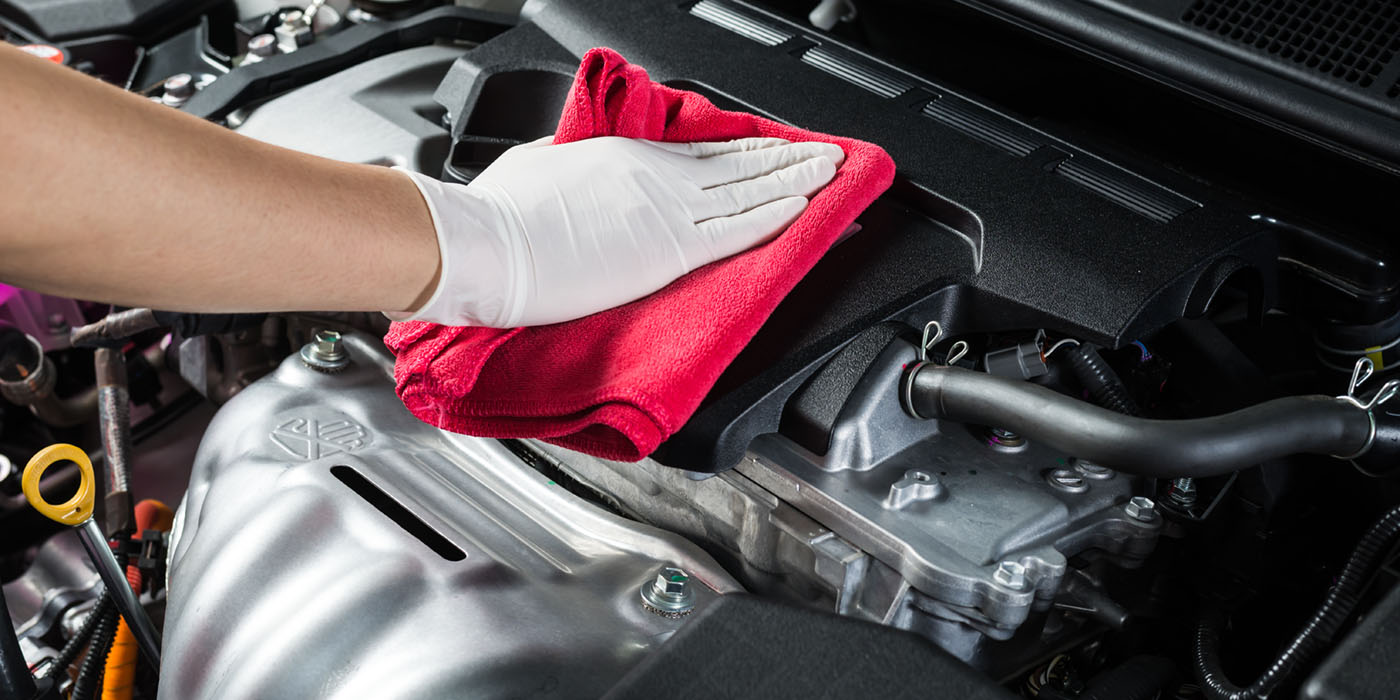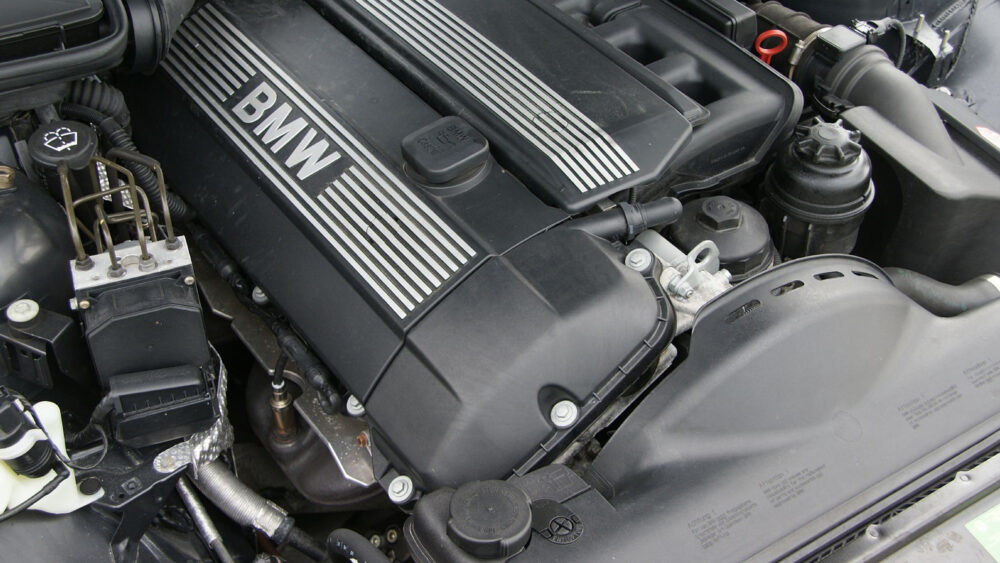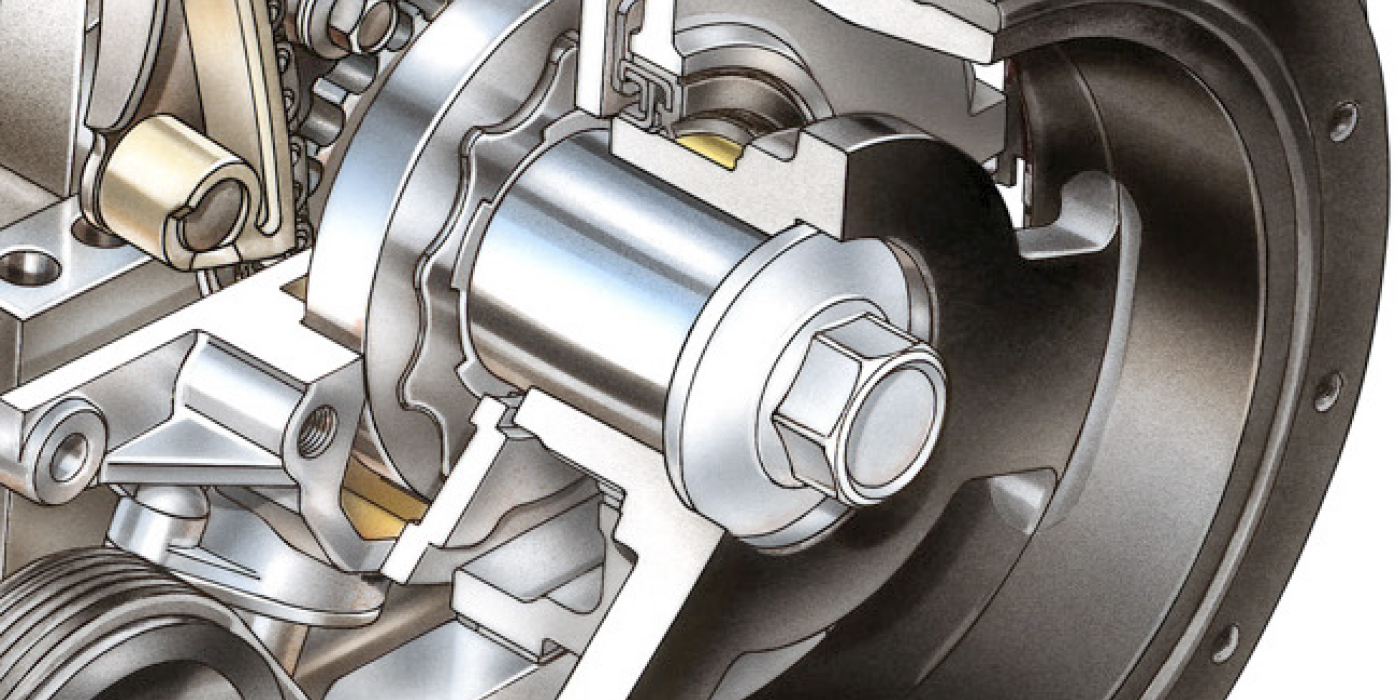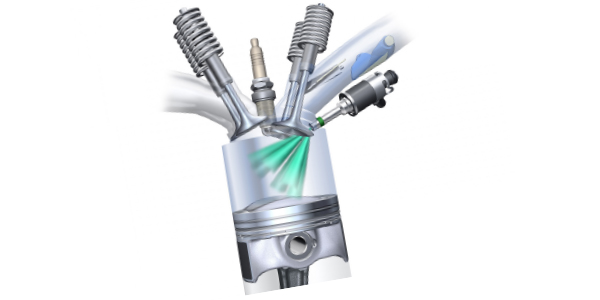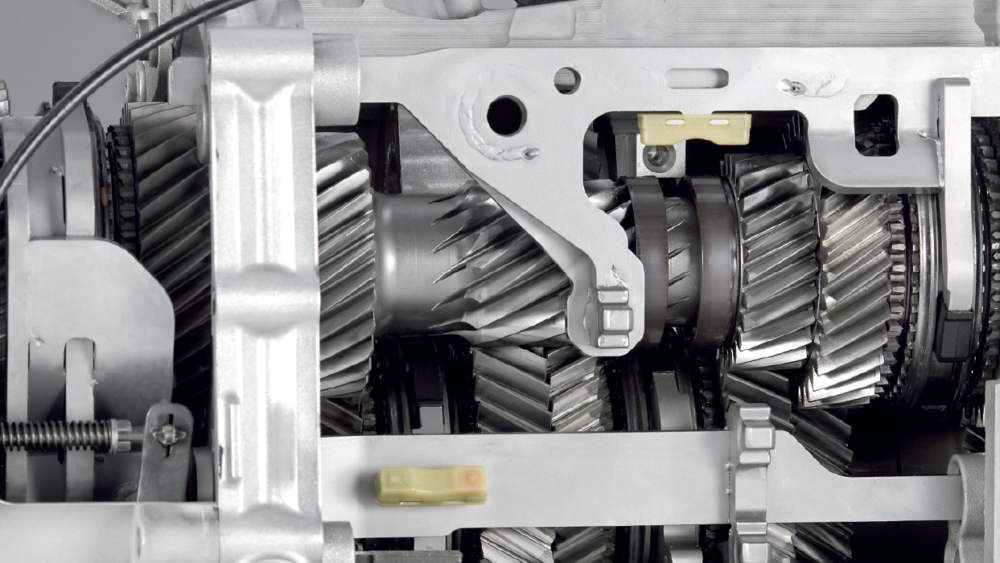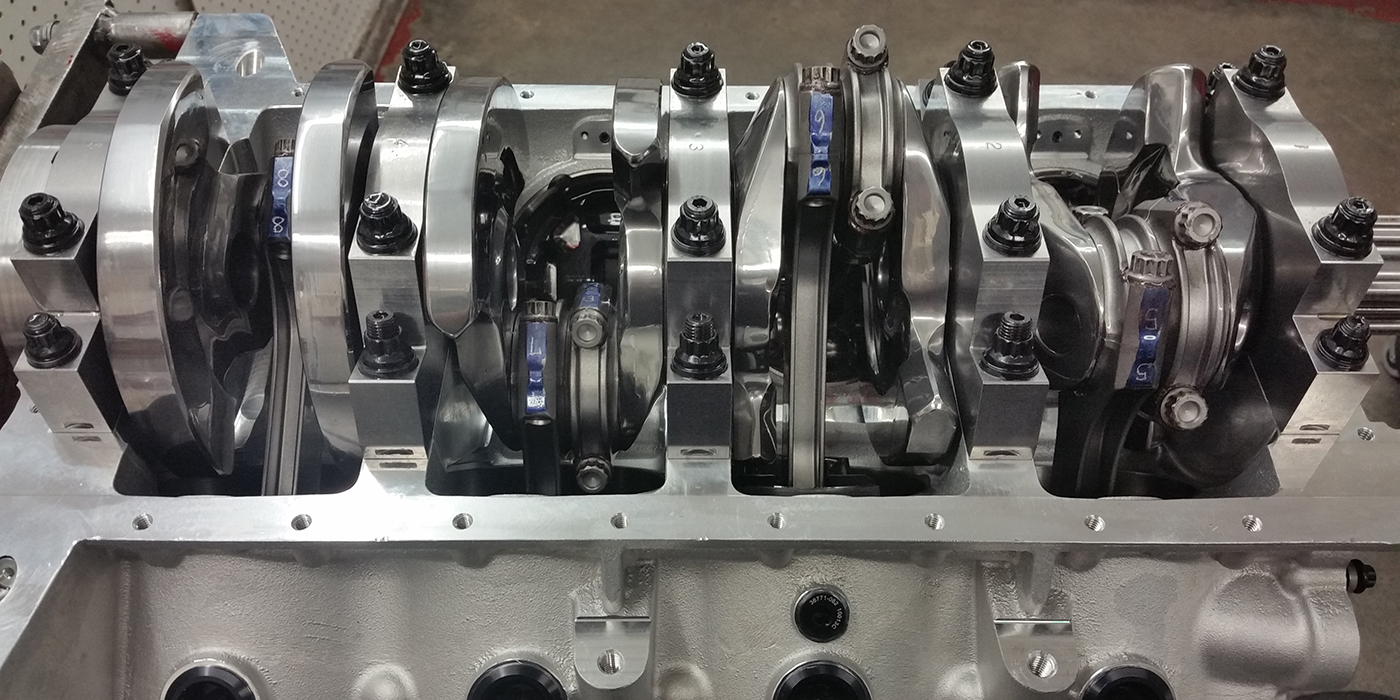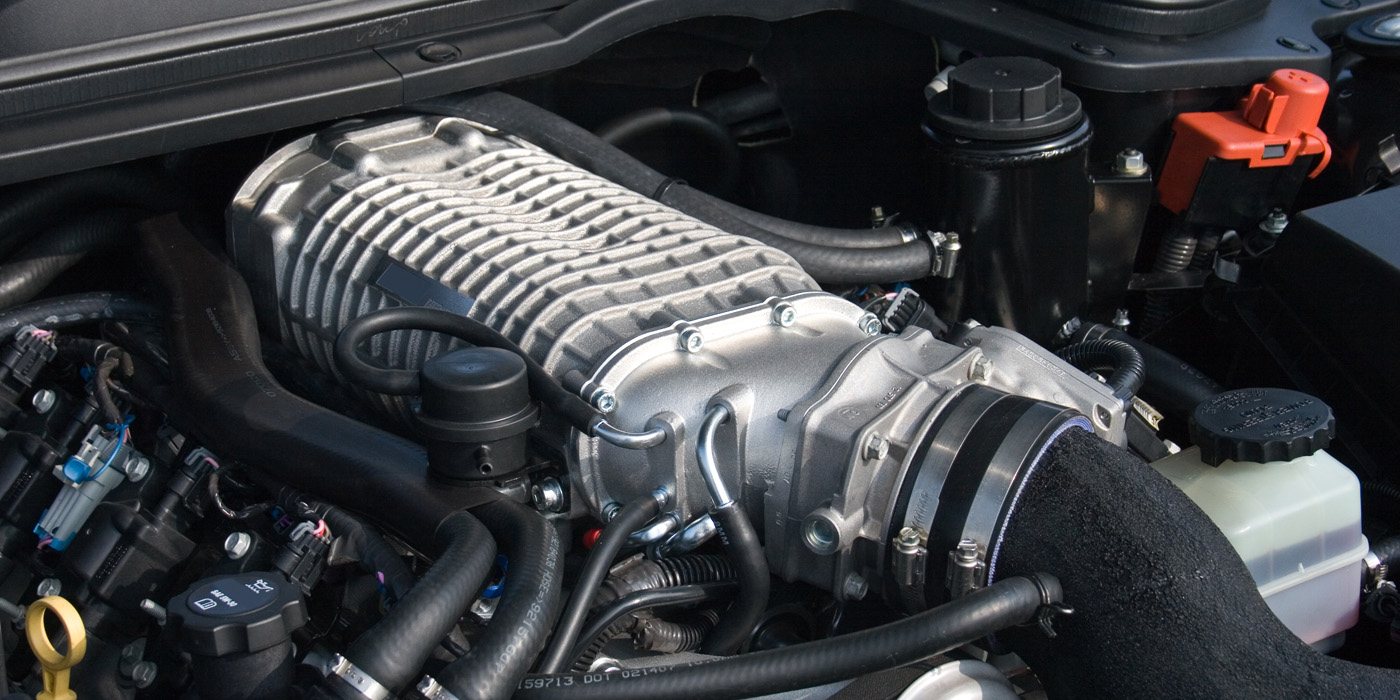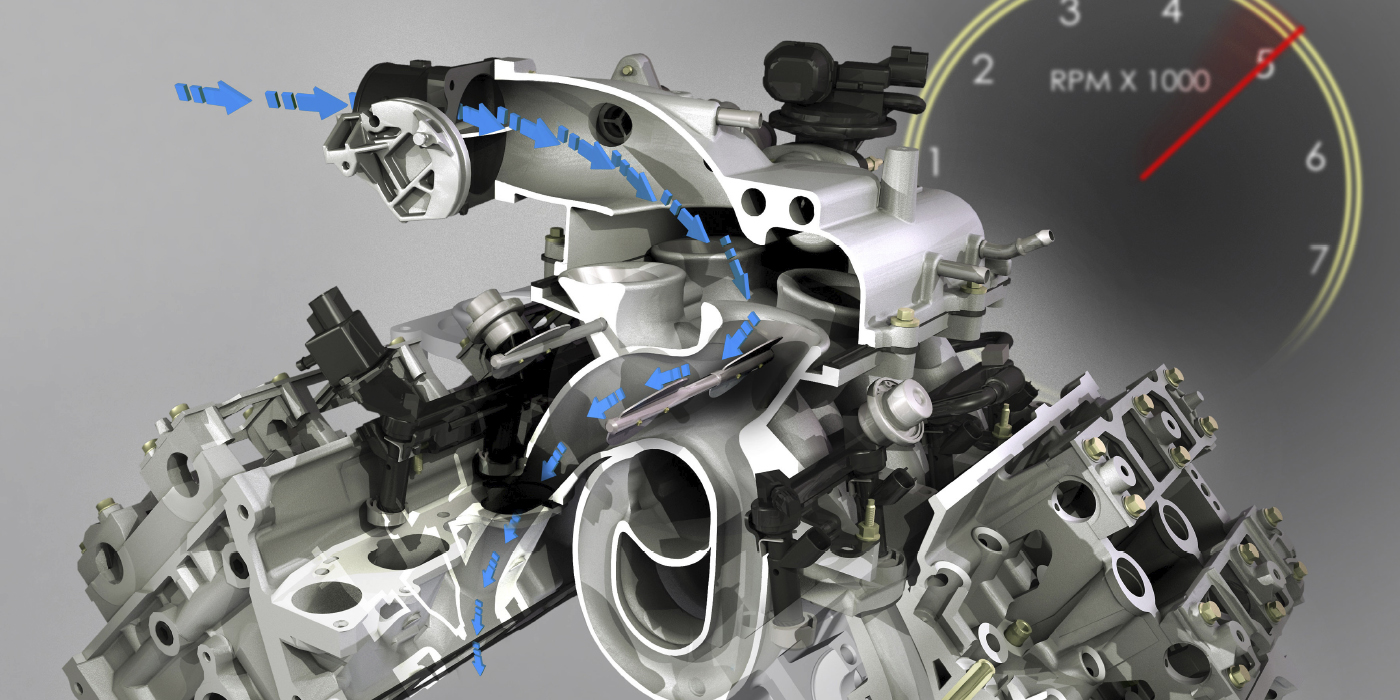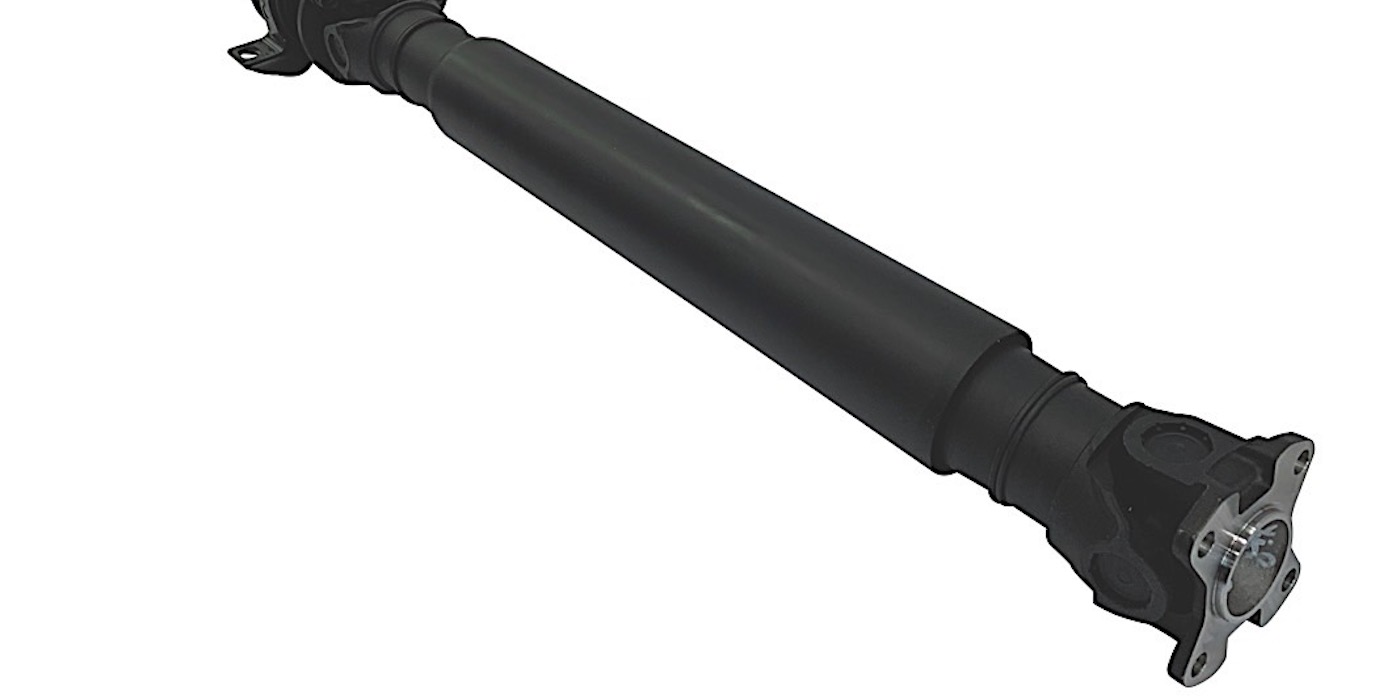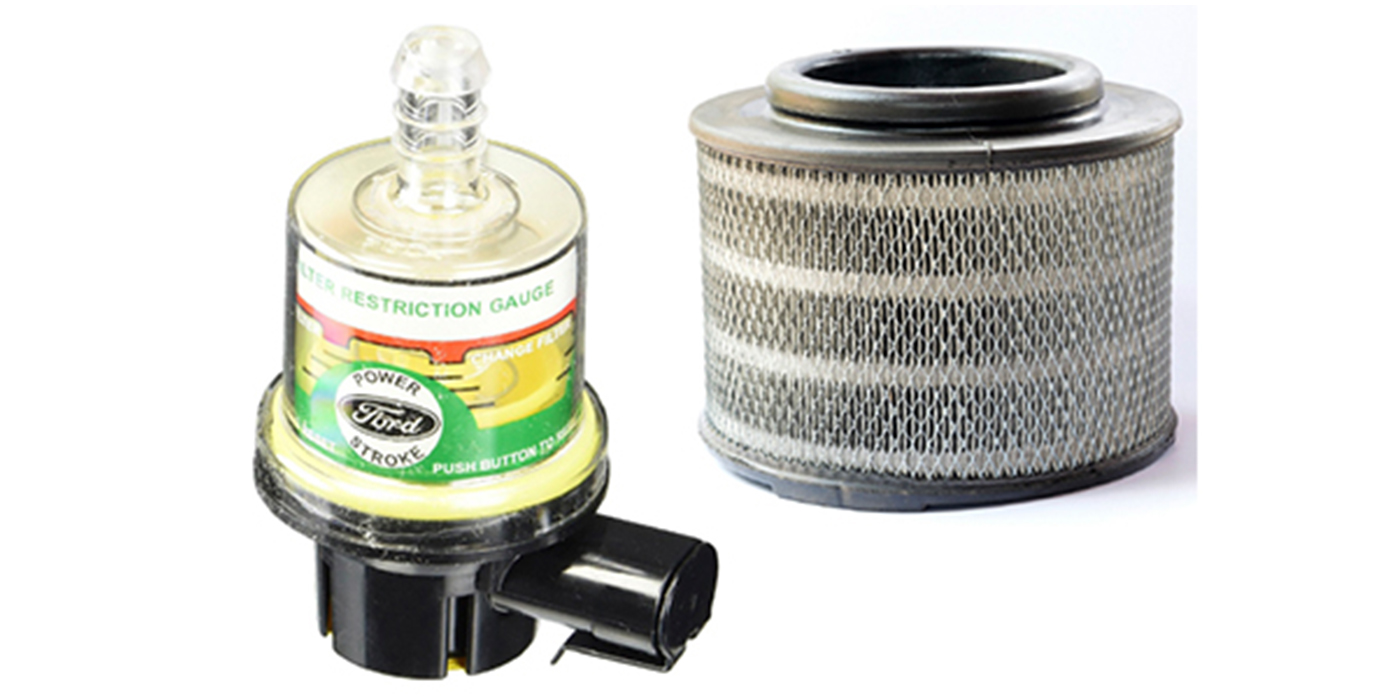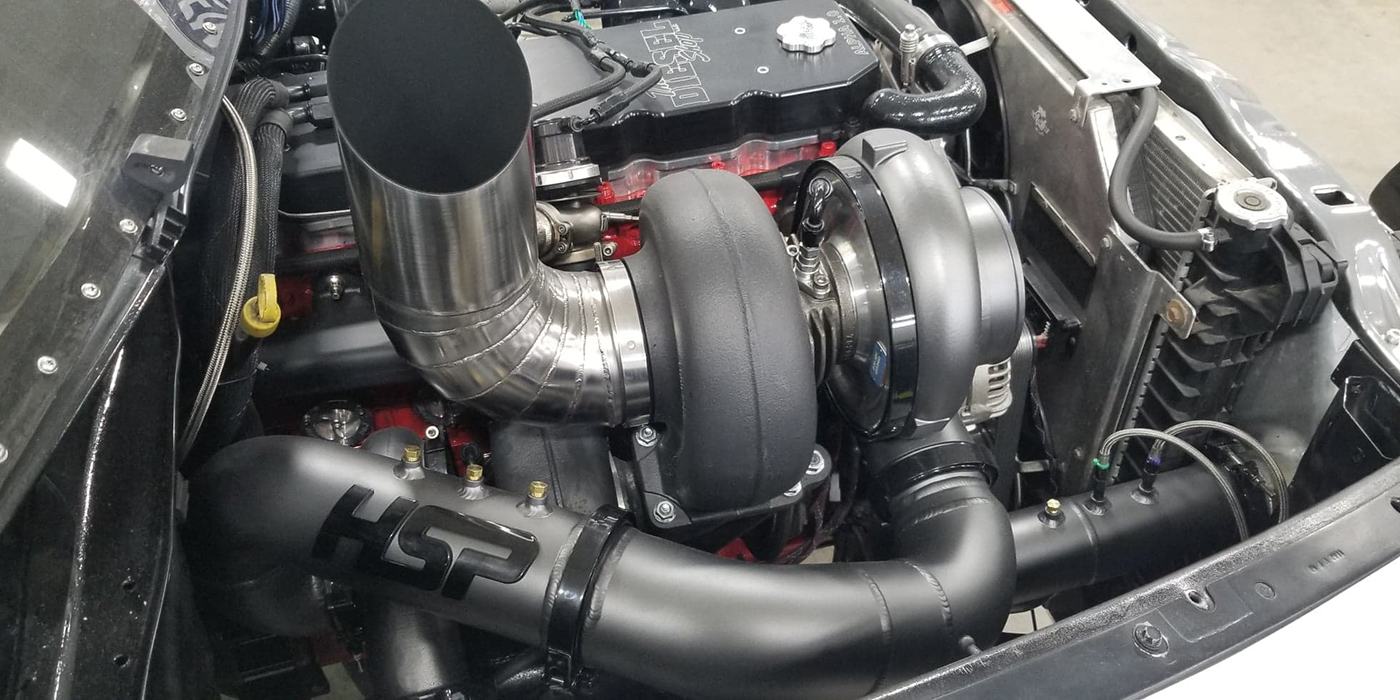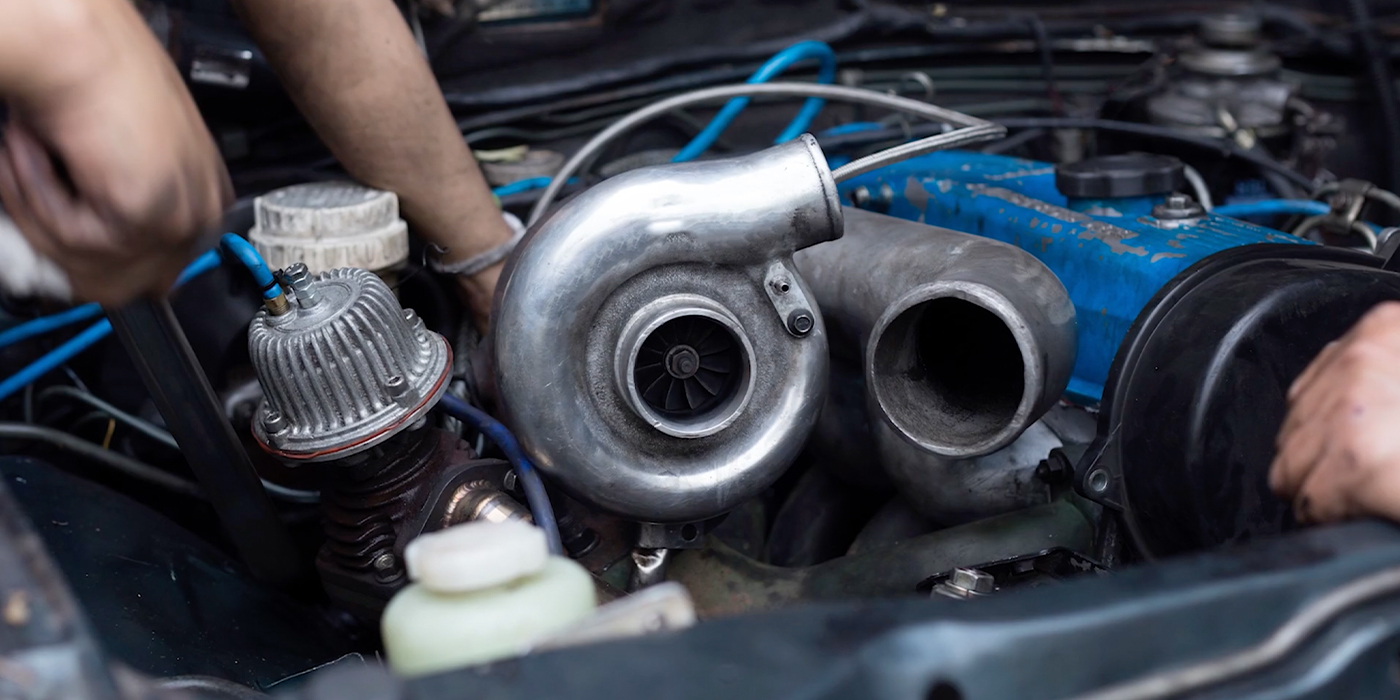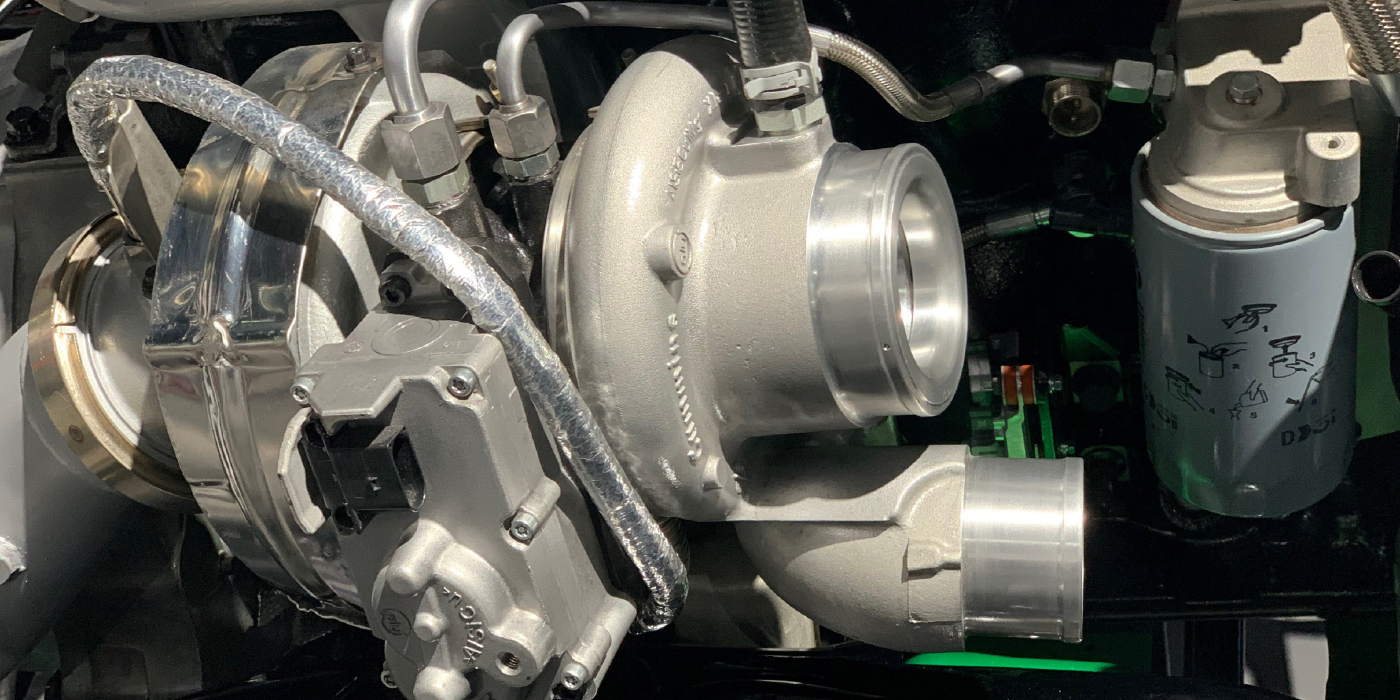Honeywell Turbo Technologies is using its experiences in racing to fine-tune the performance and durability of its turbochargers. The company pushes its motorsport turbo applications to the absolute limit on roads and racetracks around the world, with the aim of improving its products.
The company says that while much of the workload takes place with great precision in the rigidly controlled domain of engineering, it is the grueling surfaces of the World Rally Championship (WRC) and the demanding circuits of the World Touring Car Championship (WTCC) that provide an invaluable amount of real-world data for product development.
“Performance and durability are two of the most important features in the design of Honeywell turbochargers for the passenger car,” said Jeff Lotterman, Honeywell’s director of motorsport and European advanced technology. “There are few arenas that allow us to test our designs and results quite like the WRC and WTCC. It requires excellence of execution with the pressure of performing under immovable deadlines that differ greatly from the lab.”
Honeywell says it has developed compressed bearing systems that result in space savings in the engine compartment, while advances in lightweight components have reduced weight and added fuel savings, just as critical for racing environments as they are for passenger vehicles. And, while the Honeywell turbocharger in your car is not the exact same one winning titles in the WRC and WTCC, it shares much of the same technology, according to the company.
“We try a lot of different technologies in our wheels, rotors and housings and use our years of racing experience to find the best options for our passenger cars,” said Lotterman. “Racing in the WRC and the WTCC provides many unique challenges for our turbochargers, and we have solved a number of our design concerns through findings gathered from our racing programs.”
As the turbo supplier to many of the top teams in the WRC and WTCC, Honeywell turbochargers continue to provide the performance and reliability these teams need with a 1.6-liter global racing engine while competing at the highest levels of motorsport. These racing programs allow Honeywell to test and work under extreme conditions where the turbochargers are operating at maximum temperatures on a nearly continuous basis. Building for two of the world’s most demanding racing series has yielded a number of improvements that have been carried into production for passenger vehicles, the company says.

